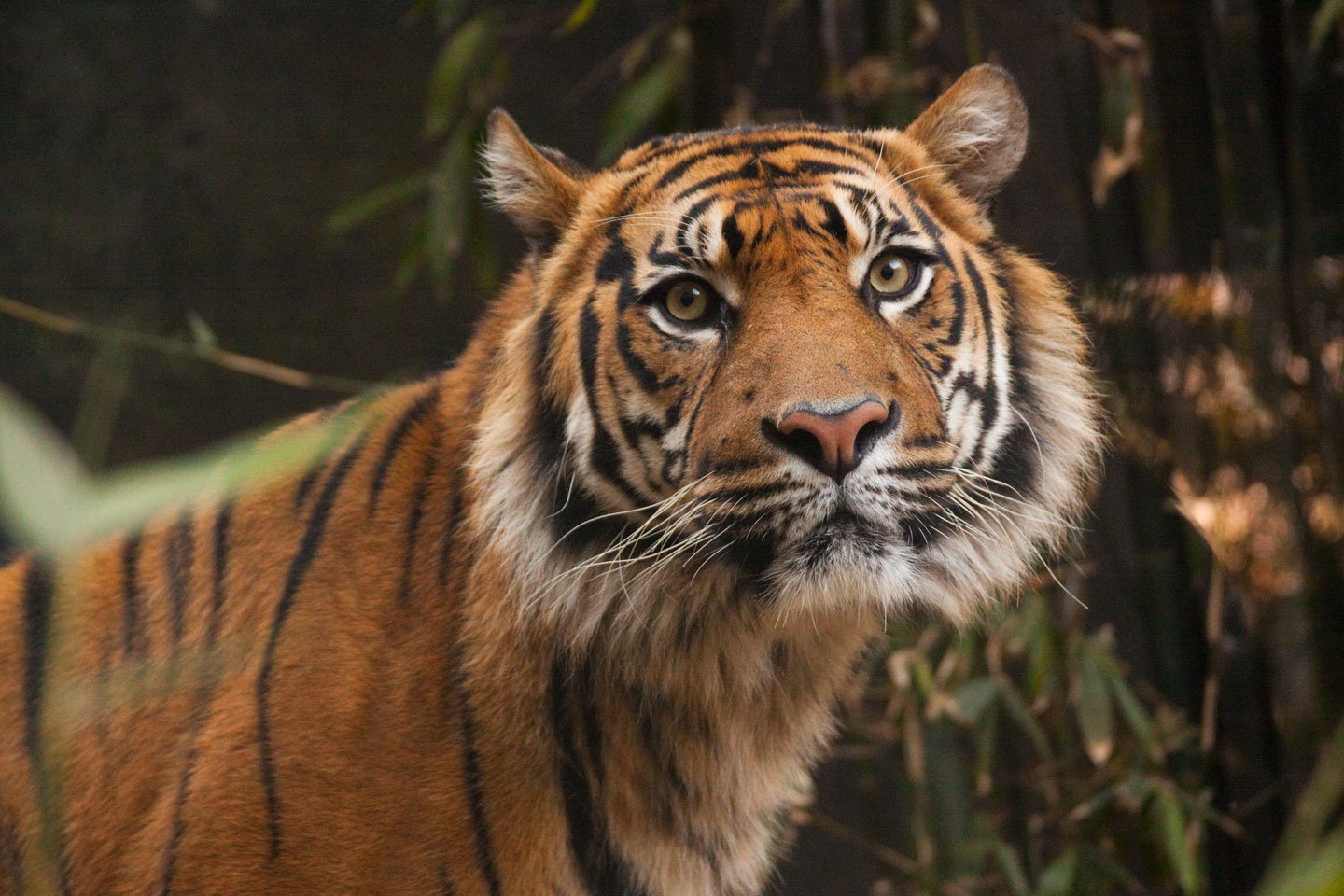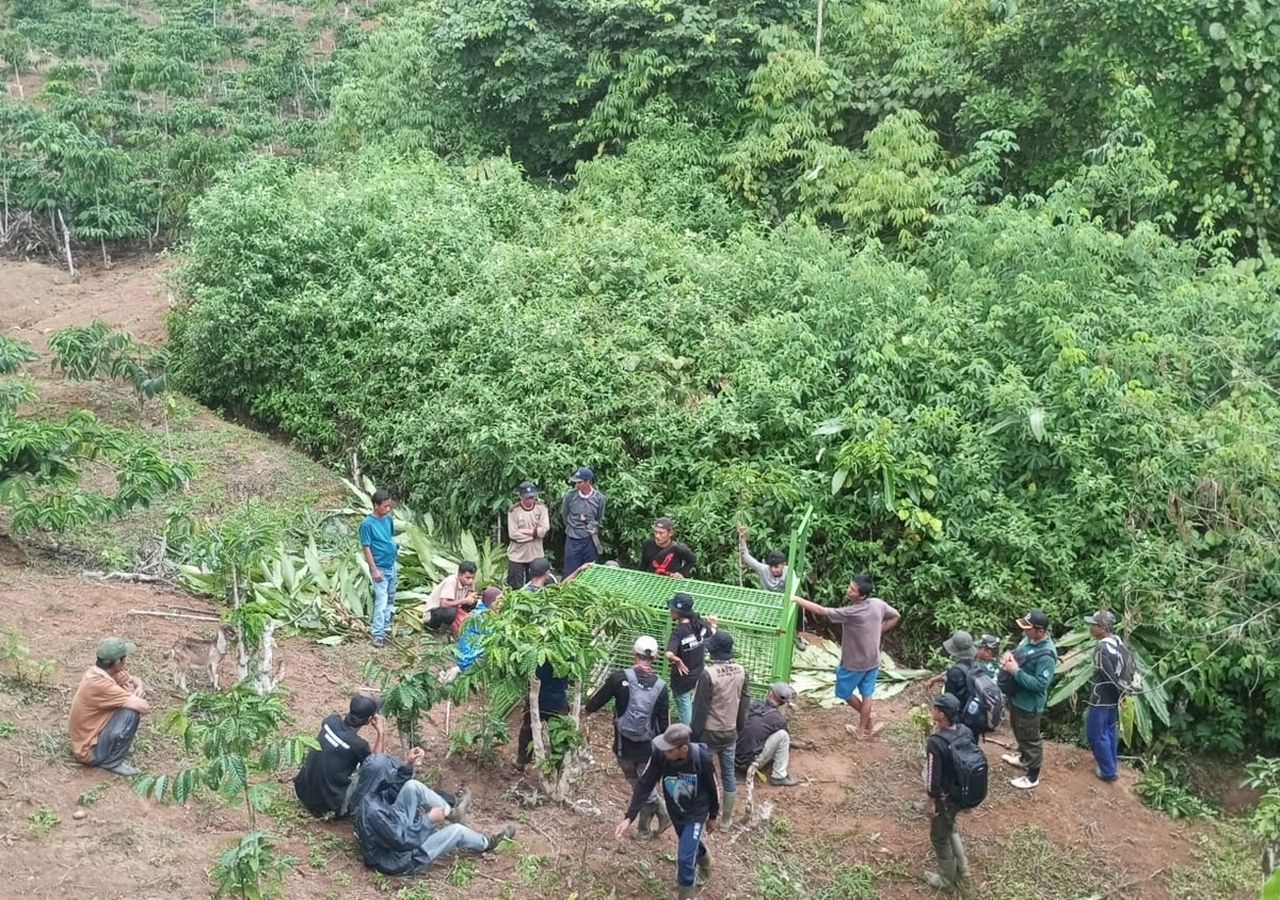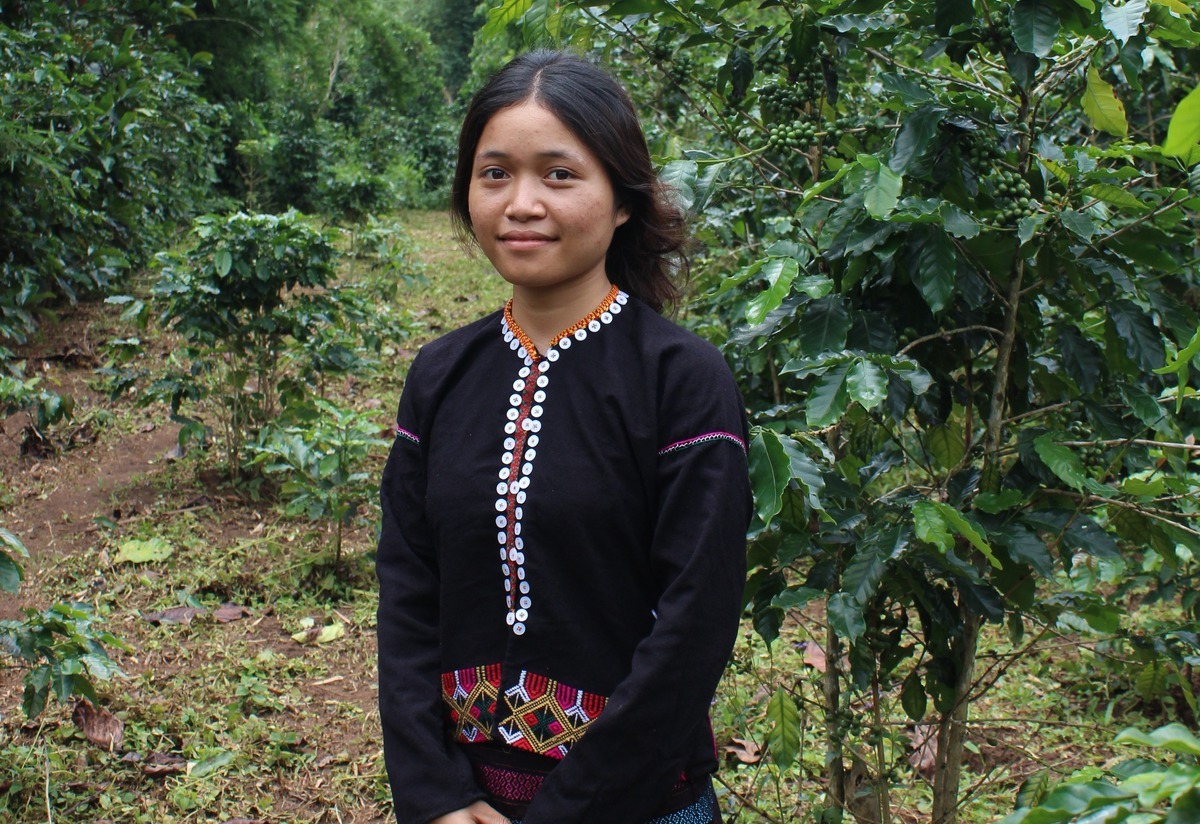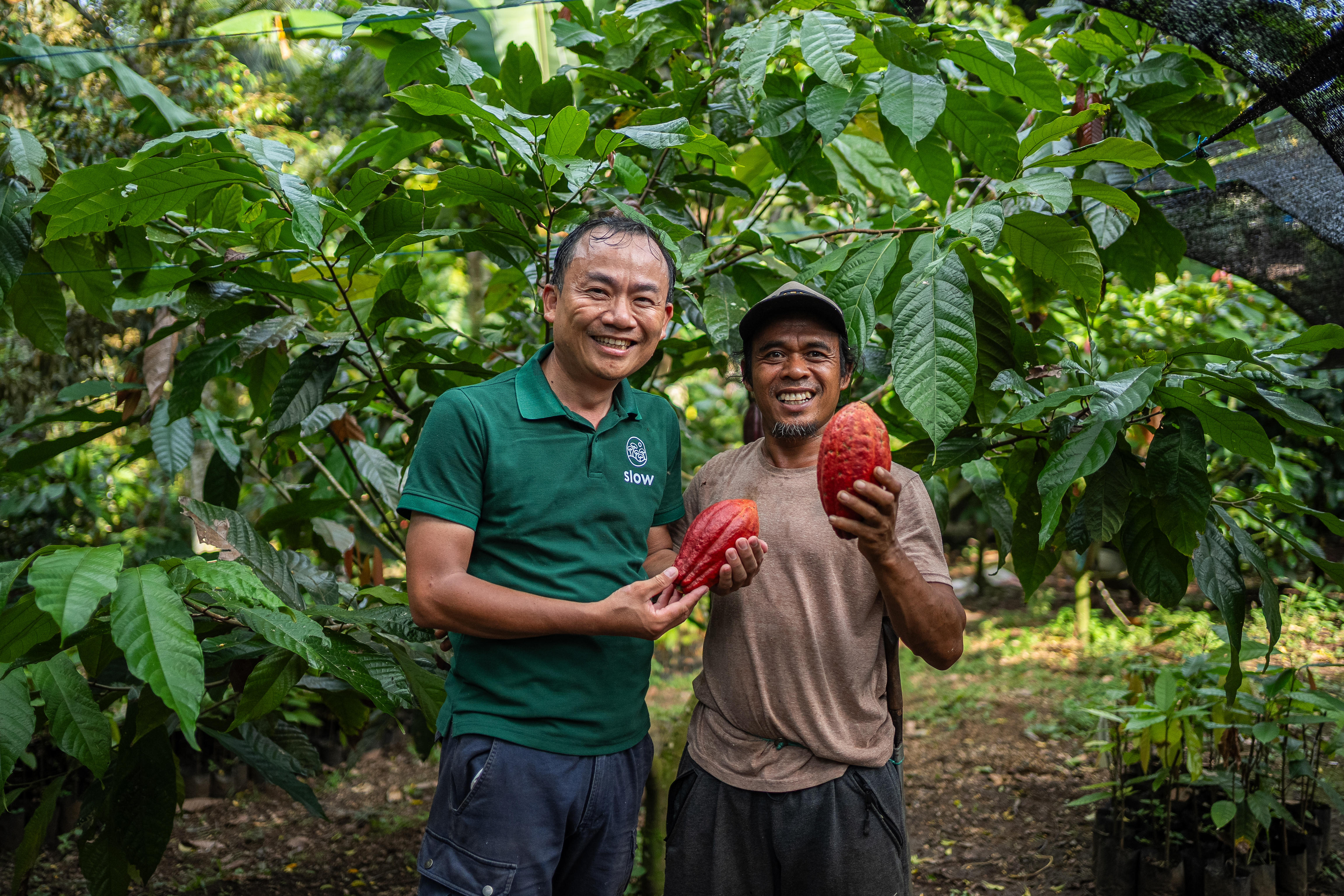What happens when coffee meets a forest?
Climate pressures are rising. In one Vietnamese coffee region, farmers are turning to agroforestry to secure yields, restore soils, and keep supply...
Mar 19, 2024 - 2 min read

Sumatran tiger (Panthera tigris sondaica) ©Tursiae
Here is what we know so far.
A rare Sumatran tiger mauled two farmers to death and injured another on Indonesia's Sumatran island, prompting terrified villagers to call for the animal's relocation.
The attack occurred near Bukit Barisan Selatan National Park in the remote Lampung province district of Suoh, where farmers were working on their plantations. This region supplied
Weeks since setting traps, the tiger attacks seem more frequent, says Sambodo, a local farmer and cocoa supplier for Slow.
"Our lives are much harder," he says. "We rarely visit farms alone, and children can't go to school. Authorities are trying to capture the tiger using traps and tranquilizer specialists."
This desperation recently led villagers to set fire to a forestry office after a third farmer was reportedly attacked by the same tiger.
Indonesia is home to about 600 Sumatran tigers, which are on the brink of extinction because of deforestation, poaching, and clashes with people. The World Wildlife Fund says their number has dwindled from about 1,000 in the 1970s.

Sumatran Tiger Panthera Tigris Infographic
Suoh is located in close proximity to Bukit Barisan Selatan National Park, with some farms situated within a one-kilometer radius of the national park boundary.
Following the first attack, conservationists deployed camera traps in the area. The tiger returned, allowing identification through its unique fur pattern.
Experts, comparing data from protected zones recorded in 2015, 2019 and 2022, believe that the animal’s age (it’s a 10-year-old male tiger) may put it at a disadvantage when competing with younger individuals. This could explain its presence in areas atypical for tigers, like the fringes of the park bordering farmlands.
Luhur Septiadi, a researcher at the Wildlife Conservation Society – Indonesia Program (WCS-IP), commented: “While tigers generally avoid human settlements and prefer areas with natural cover, this tiger has been observed in open areas near farms. This behavior is highly unusual and requires further investigation.”
"Post-attack camera traps show the tiger's stripes appear more stretched, suggesting weight gain compared to 2019/2022 data."
Septiadi added that the southern area where Suoh is located has been free from human-tiger conflict for the past 20 years, making this a rare event.

Park rangers set traps near the tiger attack site ©Bukit Barisan Selatan National Park
Sabrina Mustopo, COO of Slow, addressed the situation: “The recent tiger attacks in Sumatra highlight the challenges faced by farmers in close proximity to natural habitats. Striking a sustainable balance between protecting local communities and endangered wildlife necessitates a multifaceted approach."
Our top priority is the immediate well-being of the impacted farmers. Slow's team on the ground is currently assessing their needs and providing essential support, including securing basic food supplies. This aims to ease their burden and allow them to focus on staying safe.
"At the same time," Mustopo continued, "Slow is actively working with a reputable wildlife conservation organisation. This partnership aims to find the most suitable course of action for the safe relocation of the tiger. Our commitment lies in securing a solution that prioritises the safety of both the local community and the animal itself."
Spread over 3,568 sq km (roughly 1.4 times the size of Denmark), Bukit Barisan Selatan became a national park in 1982 to protect endangered wild animals of Sumatra like tigers, elephants, and rhinos. The region was one of the remaining areas in Indonesian Sumatra with large intact tracts of Sumatran tropical rainforest.

Climate pressures are rising. In one Vietnamese coffee region, farmers are turning to agroforestry to secure yields, restore soils, and keep supply...

Earth Day reminds us that change doesn't have to wait for sweeping policy or perfect systems. Often, it starts with something as simple—and as...

Big news from Slow. African Coffee Roasters is now part of the Slow family. And this isn’t just an acquisition—it’s a major step forward in how...